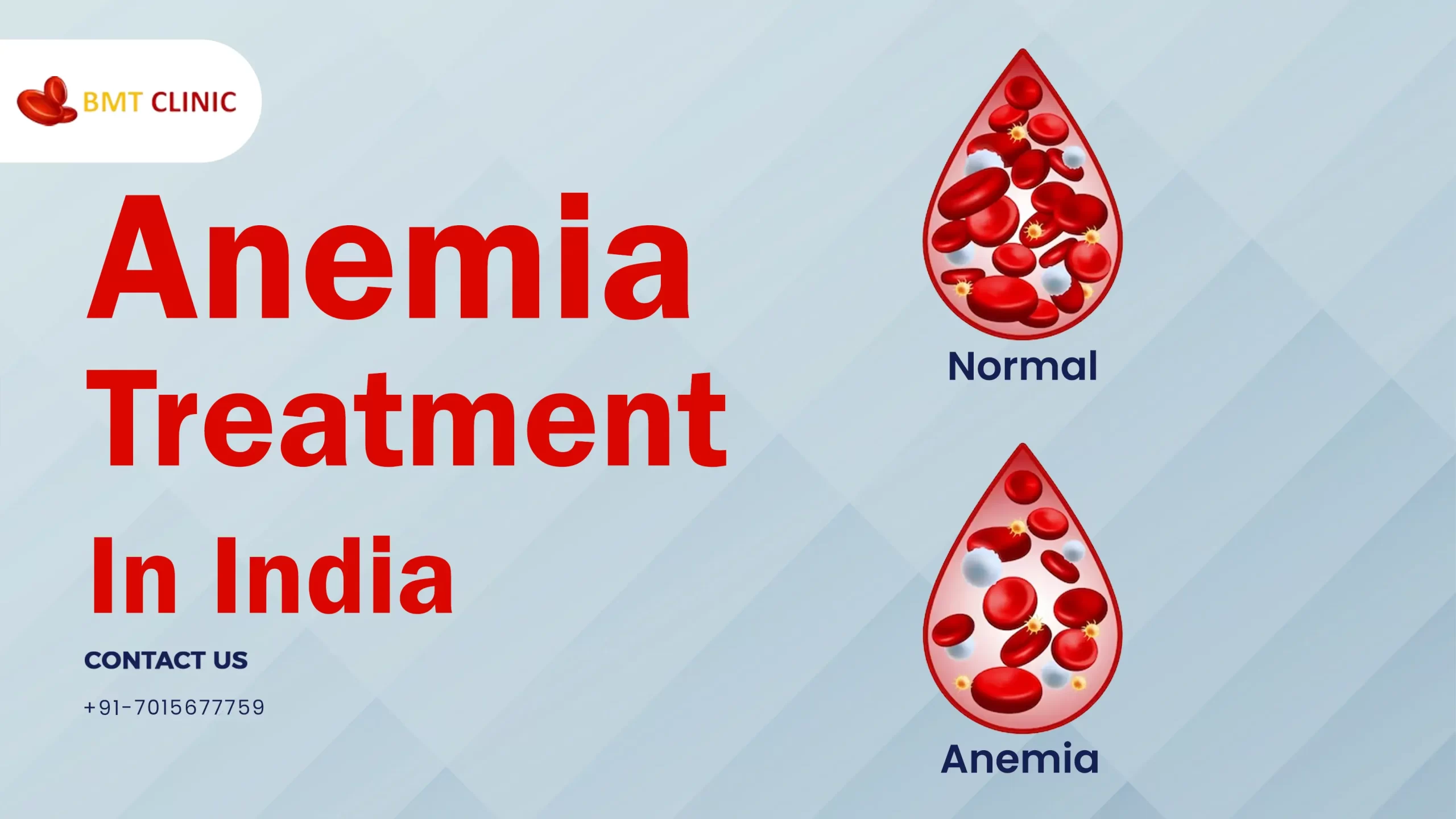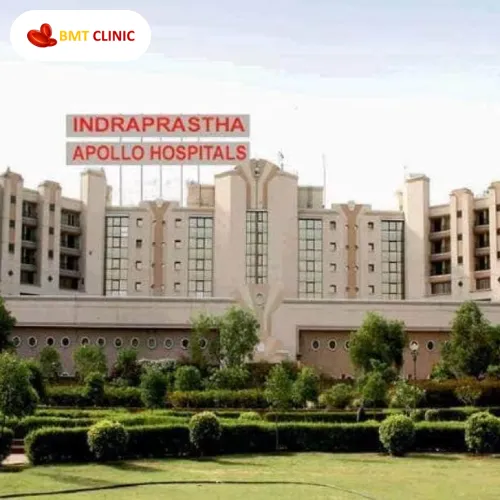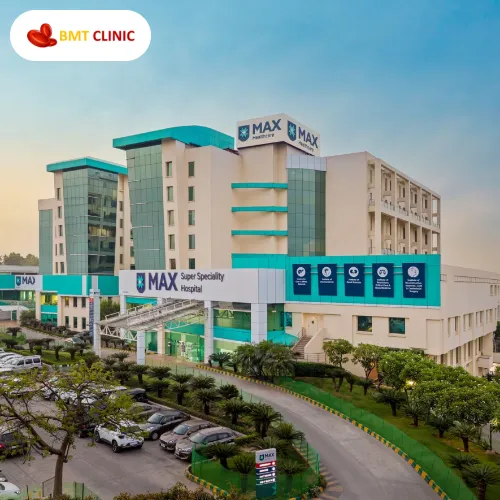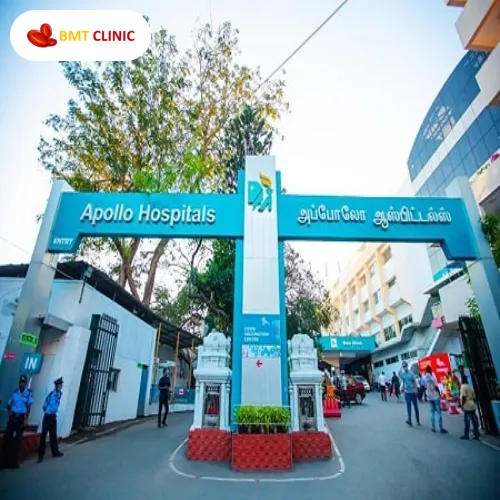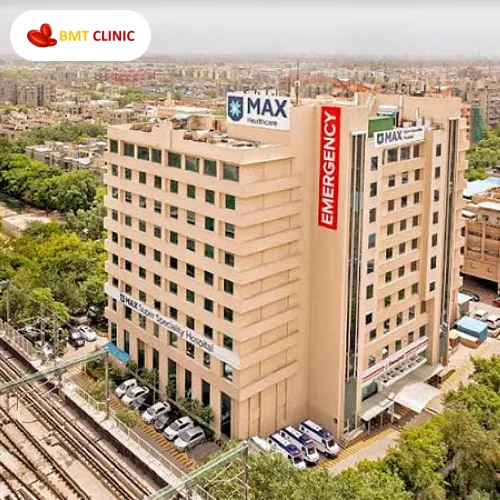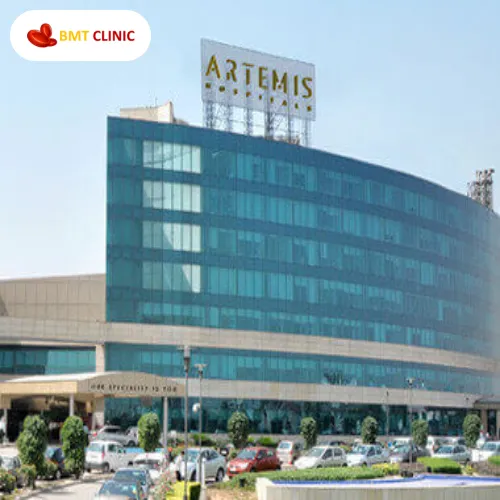The inability of the body to produce enough healthy red blood cells or hemoglobin to supply oxygen to the tissues is known as anemia. All other body organs receive oxygen from the lungs through a protein called hemoglobin, which is found in red blood cells. Breathlessness, weakness, and exhaustion are all possible effects of anemia.
Anemia comes in a variety of types. Everyone has a unique reason. Anemia may be chronic or transient. It could be minor or dire. Anemia may indicate a more serious medical condition. Anemia treatments may include medical procedures or the use of vitamins. Eating a balanced diet can help prevent certain types of anemia.
What is Anemia?
Anemia is a condition caused by insufficient red blood cells or malfunctioning red blood cells. Your body uses its red blood cells to transport oxygen. Your cells and your energy are powered by oxygen. Your body cannot function without healthy red blood cells that carry out their assigned tasks. Some forms of anemia are mild and transient, while others are lifelong. Anemia can be fatal if left untreated.
Causes of Anemia
While the entire body contributes to the production of red blood cells, the bone marrow is where most of the work is done. The soft tissue in the middle of bones called bone marrow aids in the formation of all blood cells. Red blood cells in good health can last for 90 to 120 days. Your body then expels old blood cells in various parts. Erythropoietin (EPO), is a hormone produced by your kidneys, that tells your bone marrow to make more red blood cells.
The protein in red blood cells that carries oxygen is called hemoglobin. Red blood cells get their color from it. Anemia is the result of insufficient hemoglobin in the body. For the body to produce enough red blood cells, it needs specific vitamins, minerals, and nutrients. Among the most crucial ones are folic acid, iron, and vitamin B12. The body could be deficient in these nutrients because of:
- alterations to the stomach or intestines’ lining that impact the absorption of nutrients (such as celiac disease)
- unhealthy eating habits
- surgery in which a portion of the intestines or stomach is removed
Anemia may be caused by the following:
- Premature red blood cell destruction, which could be brought on by immune system issues
- Chronic illnesses include rheumatoid arthritis, ulcerative colitis, cancer, or chronic renal disease
- Certain types of anemia, such as sickle cell anemia and thalassemia, are heritable
- Being pregnant
- Lack of iron
- Disorders of the bone marrow, such as aplastic anemia, multiple myeloma, lymphoma, leukemia, or myelodysplasia
- Slow blood loss (from stomach ulcers or heavy menstruation, for example)
- Unexpectedly high blood loss
- Deficiency in Vitamin B12
- Insufficient folate
Symptoms of Anemia
Experiencing excessive fatigue that interferes with daily functioning is the most apparent sign of anemia. Additional signs and symptoms could be:
- Dyspnea, or shortness of breath, is the inability to inhale deeply or catch your breath.
- Feeling lightheaded or unstable on your feet is known as dizziness.
- Arrhythmia, or fast or irregular heartbeat, is the sensation that your heart is speeding or skipping beats.
- Pulsatile tinnitus, often known as a pounding or “whooshing” sound in the ear, is a swooshing sound that may occur in one or both of your ears.
- Headache: Anaemias resulting from low hemoglobin levels and iron deficiencies can also induce headaches.
- Yellow or pale complexion: You may have a paler-than-normal skin tone.
- Chest pain: This could feel as though your chest is being squeezed or pressed upon.
How is My Body Affected by Anemia?
When someone has anemia, they are referred to as being anemic, which means they exhibit anemia-related symptoms such as constant fatigue or coldness. Different people are affected by anemia in different ways:
- Newborns: A small percentage of newborns have low red blood cell counts. The majority of neonates with anemia don’t require medical attention, but those with severe anemia can require blood transfusions.
- Infants: When they begin eating solid food, infants may receive less iron than they require. This is because iron from solid meals is not absorbed as quickly as iron from formula or breast milk. Anemia in infants might make them appear drowsy.
- Children: From birth until age two, children undergo significant growth. Children undergoing growth spurts require higher iron intake. Children who suffer from anemia may experience associated difficulties such as delayed motor skill development and learning difficulties.
- Expectant mothers: Iron-deficiency anemia can occur in expectant mothers, raising the risk of issues including preterm birth or low birth weight kids.
- Individuals who are born with the designation of female (DFAB): Anaemia can occur when DFAB women or those with heavy periods (menstrual bleeding) or disorders such as uterine fibroids lose blood.
- Individuals over 65: Individuals over 65 are more likely to have certain chronic conditions and a diet low in iron, both of which raise their risk of anemia. If they become anemic, they could experience weakness or cardiac problems that make it difficult for them to move around. They might be depressed or confused.
- People with long-term illnesses: Anaemia risk may be elevated by some long-term illnesses, such as cancer or autoimmune diseases. This is a chronic disease-related anemia.
Types of Anemia
Anemia comes in a variety of forms. While low red blood cell counts or red blood cells that don’t function properly are the hallmarks of all forms of anemia, each kind can differ significantly in terms of its etiology, severity, and course of treatment.
Blood tests that examine your red blood cell count, shape, and health are commonly used to diagnose anemia. The type of anemia you have will determine how you are treated if that is the diagnosis. Generally speaking, anemia can be classified into three primary categories, with varying potential causes:
- Microcytic: Red blood cells deficient in hemoglobin cause microcytic anemia. The red blood cells are therefore smaller than usual.
- Normocytic: Your body doesn’t have enough red blood cells to meet its needs when you have normocytic anemia. Certain chronic disorders are often accompanied by normocytic anemia.
- Macrocytic: Red blood cells that are larger than usual are produced by the bone marrow in cases of macrocytic anemia.
How do Medical Professionals Diagnose Anemia?
Your medical professional will inquire about your symptoms. They will perform blood tests to check your red blood cell count since anemia is caused by a deficiency of healthy red blood cells.
- Complete blood count (CBC): This test is performed by medical professionals to examine all of your blood cells, with an emphasis on red blood cells. They measure the size and shape of your red blood cells in addition to counting them. This test may be used by medical professionals to assess your vitamin B12 or B9 levels.
- Peripheral blood smear: Medical professionals use a microscope to look at your red blood cells.
- More diagnostic testing: To determine the reason for anemia, you may require more testing after receiving a diagnosis. Analyzing a bone marrow sample may occasionally be required in order to detect anemia.
Anemia Treatment Cost in India
Anemia Treatment Cost in India starts from INR 2,08,000 ($2500). India’s medical expertise and comparatively cheaper healthcare prices make it a good choice for anyone looking for affordable treatment. While private hospitals could charge more, government hospitals typically offer more reasonably priced solutions. The total cost includes any necessary hospital stays, therapy sessions, diagnostic testing, and supporting care. Patients seeking information on the precise financial aspects of their anemia treatment in India should speak with healthcare providers.
How is Anemia Treated by Medical Professionals?
Initially, your doctor will assess if your anemia is due to a more serious medical condition or a bad diet. They might suggest that you see a hematologist, a medical professional who focuses on blood diseases. These are a few instances of typical treatments for the different types of anemia:
- Iron deficiency anemia: This type of anemia is typically treated with iron supplementation and dietary modifications. If blood loss is the root cause of iron deficiency, identifying and halting the bleeding is necessary. Surgery may be required for this.
- Vitamin B12 deficiency anemia: Folic acid and vitamin B-12 deficiency anemia are treated with dietary supplements and increased intake of these elements. Shots of vitamin B-12 may be necessary for those who have problems absorbing the vitamin from meals. The shots are given every other day initially. Eventually, the shots may only be given once a month, if not forever.
- Folate deficiency anemia: For a minimum of two to three months, you might need to take folic acid supplements. These could be injections or pills. Reducing your alcohol consumption and consuming foods high in folic acid are also crucial. Your healthcare practitioner may start treating your anemia if it is brought on by a digestive system issue.
- Chronic anemia: Addressing the underlying condition is the mainstay of treatment for this kind of anemia. Treatment options for severe symptoms include transfusions of blood or injections of the hormone erythropoietin.
- Anemias linked to disorders of the bone marrow: Therapies for these diverse illnesses may involve medication, chemotherapy, or bone marrow transplantation from a donor.
- Anaplastic anemia: Red blood cell numbers can be raised using blood transfusions as a treatment for this anemia. If bone marrow is unable to produce healthy blood cells, a bone marrow transplant may be required.
- Hemolytic anemias: Treating infections and halting medications that may be the cause of hemolytic anemia is part of managing the condition. Taking medications that reduce immune system activity may be part of the treatment plan if red blood cells are being attacked by the immune system.
- Sickle cell anemia: In order to lessen pain and avoid complications, treatment options may include oxygen, analgesics, and intravenous (IV) fluids. A transfusion, or receiving blood, as well as taking antibiotics and folic acid supplements, may be necessary. Sickle cell anemia is also treated with hydroxyurea (Droxia, Hydrea, Siklos), a cancer medication.
- Thalassemia: Since most thalassemia forms are minor, there is no need for therapy. Severe thalassemias typically call for spleen removal, blood, and bone marrow stem cell transplants, medications, folic acid supplements, blood transfusions, and other treatments.
How Can BMT Clinic Help In Your Treatment Search?
BMT is an esteemed organization for patients seeking physicians, medical facilities, and specialized care. We’ll identify the best medical options for you. Our staff will provide you with a list of licensed, respectable, and trustworthy physicians and hospitals based on your medical issues. We also provide a treatment plan that is affordable for you. In addition, we help patients with a variety of other matters, such as obtaining medical visas and travel authorization.

